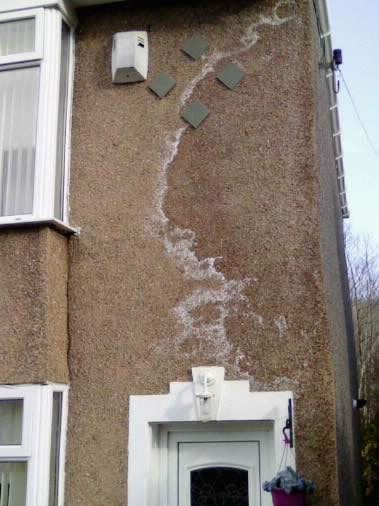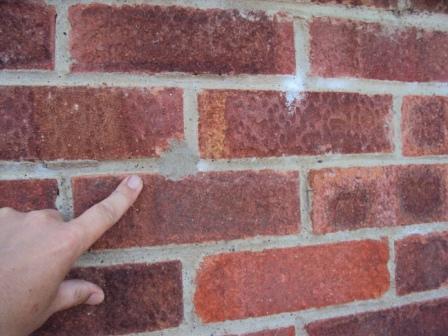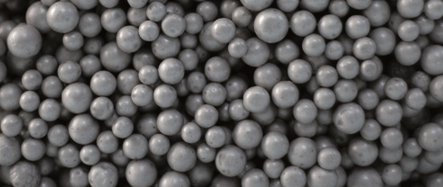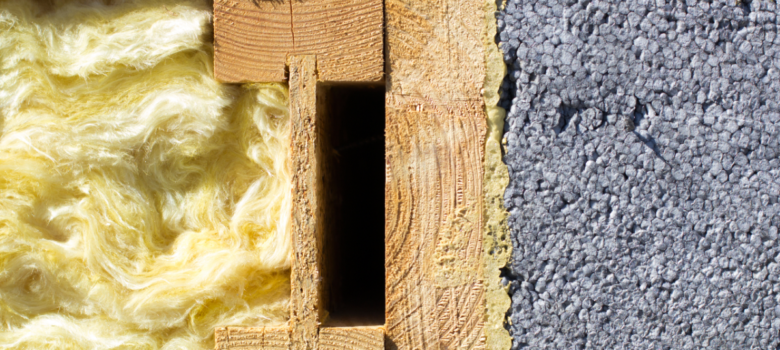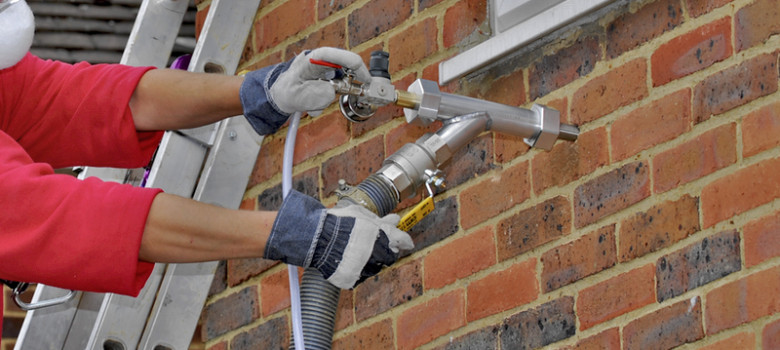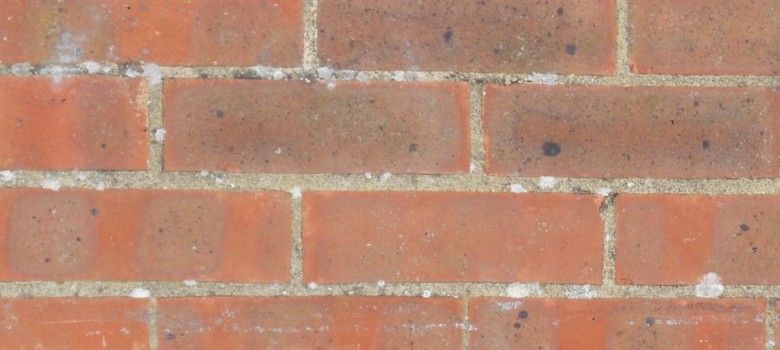A popular method of insulating new build cavity walls is to fill the gap in between the two leaves either by pumping them with eps beads or by adding rigid board insulation.
Polystyrene bead cavity wall insulation problems.
The polystyrene used for cwi is in the form of virgin pre formed bead which is usually combined with a.
In this application the puffed beads are poured into the wall cavity between the studs by drilling a hole in the top of the wall.
The next of the cavity wall insulation problems i m going to cover is.
Cavity wall insulation beads will not allow dampness or moisture to penetrate the cavity in a properly constructed wall.
Eps expanded polystyrene beads and polyurethane foam are the most commonly used these days and with good reason.
When we went undercover to investigate the quality of insulation suitability inspections in 2011 our findings suggested that you can t always rely on assessors to carry out thorough inspections or warn of potential damp problems even those from big brands such as marks spencer npower and tesco.
Find out if your home s likely to be affected.
Similarly if your cavity walls were wrongly insulated this could cause you problems down the line.
Independent research has confirmed that cavity wall insulation is a very reliable process.
Coincidentally this issue also tends to affect houses that have been retrofitted with blown in fibre insulation such as mineral wool and fibreglass wool more than houses treated with eps expanded polystyrene beads.
Cavity wall insulation can cause damp.
Mineral fibre this is the same yellowish brown wool like insulation that is typically used in lofts as can be seen above.
Problems are therefore extremely rare but if they do occur ciga has the expertise to ensure that they are swiftly rectified.
The problem with this method is the installation.
If the puffed beads fill the cavity the space can obtain r values close to that of fiberglass insulation.
If you re installing cavity wall insulation it s worth opting for a modern insulating material with proven performance.
The cavity is there to reduce the risk of.
Polystyrene beads are full of static electricity and they.
This is due to the capillary action of the bead allowing gravity to draw any moisture present down the inner surface of the outer leaf to drain away at foundation level.
Now if you were to pour a jug of water in at the top of the cavity it will get soaked up by the insulation as it acts just like a sponge which holds the moisture against the walls of the cavity.







